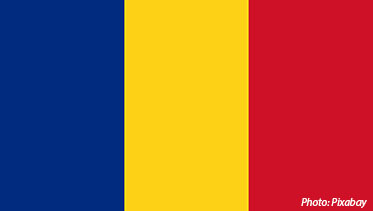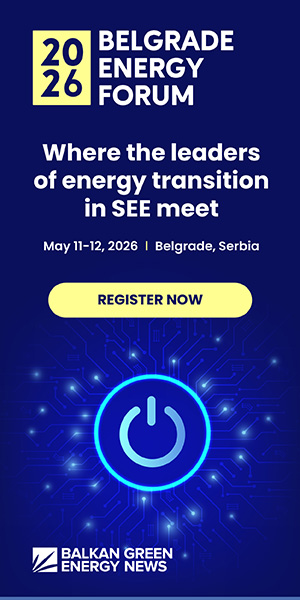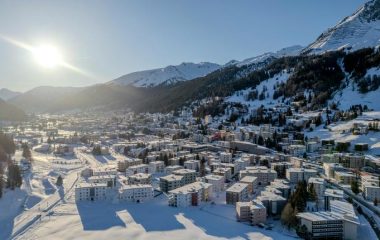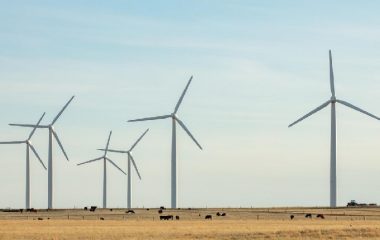
Following Norway, Estonia, Denmark and Iceland, Romania had the highest position by energy independence in Europe in 2014. Importing only 17% of the consumption demand, it fared the best among the markets followed by Balkan Green Energy News, Eurostat’s data showed. The overall result for the EU was 53.4%, in the range of the readings for the last decade. The peak of 54.5% was recorded in 2008. Nine countries hit the lowest energy dependency level so far, including Romania and Bulgaria, with the share of imported energy of 34.5%, decreasing since it reached 51.7% in 2008. Romania is among the countries which have varying results from year to year due to changes in hydrology and thus output from hydropower facilities. However, its trend of a cut in dependence on energy imports has a decreasing trend after it reached 31.7% in 2007.
Norway was the only net energy exporter in 2014, with supply equivalent to 569.6% of its needs. The report is for EU member states, Iceland, Norway and candidate countries Montenegro, Macedonia, Albania, Serbia and Turkey. It excludes data from Bosnia and Herzegovina, Kosovo*, Switzerland, the Caucasus region, Moldova, Ukraine, Belarus and Russia, as well as Andorra, Monaco, San Marino, the Vatican City, and Lichtenstein.
Two years ago Macedonia hit its peak of 52.9% share, crossing the first time into the half which is energy dependent for most of domestic consumption. At the same time, Cyprus was almost at the bottom of the list with 93.4%, one percentage point above the best result, reached in 2011. Greece was dependent on almost two thirds of its consumption on energy from imports in 2014, following a peak of 73.3% from 2008. Turkey imported 74.8% of energy consumed two years ago, just half a point below the peak, hit in 2012. Slovenia had a reading of 44.6%, in line with a general trend of decreasing from 1999. Croatia had a 43.8% share of imported energy in 2014, while Montenegro, Serbia and Albania were at 29.7%, 27.5% and 29.4%, respectively.




















